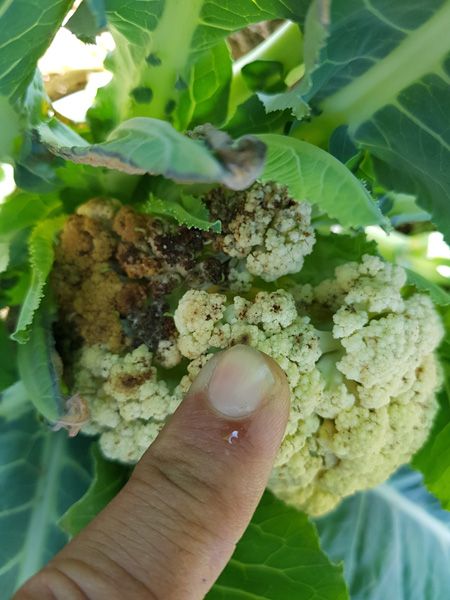
Bacterial Soft Rot – Pectobacterium carotovorum – Dickeya dadantii
Bacterial soft rot
Common name
Bacterial soft rot
Causal agent
It is caused by a number of bacteria; however, the most common ones are Pectobacterium carotovorum or Erwinia carotovora, Dickeya dadantii or Erwinia chrysanthemi, and certain species of Pseudomonas, Bacillus, and Clostridium. Bacterial soft rot is the most common cause of crop damage worldwide.
Scientific name
Pectobacterium carotovorum
Dickeya dadantii
Symptoms & Signs
Bacterial soft rot starts with water-soaked, sunken spots, mostly on the fleshy storage organs of the plants. The tissue beneath the rotten areas becomes mushy and discolored to black or yellow. It gives off a strong odor as well as oozes a watery and smelly liquid from the damaged tissues.
Transmission
It can transmit from the infected plant to healthy plants through infected tools, insects, water, soil, and debris. It enters the plant through openings such as wounds and scars. Wet, humid weather conditions and calcium deficiency can exacerbate the disease. It multiplies rapidly in high temperatures and humidity between 70–80 °F.
Time of concern
Early spring to late summer
Common hosts
Potato
Carrot
Banana
Beans
Cucurbits
Cabbage
Cauliflower
